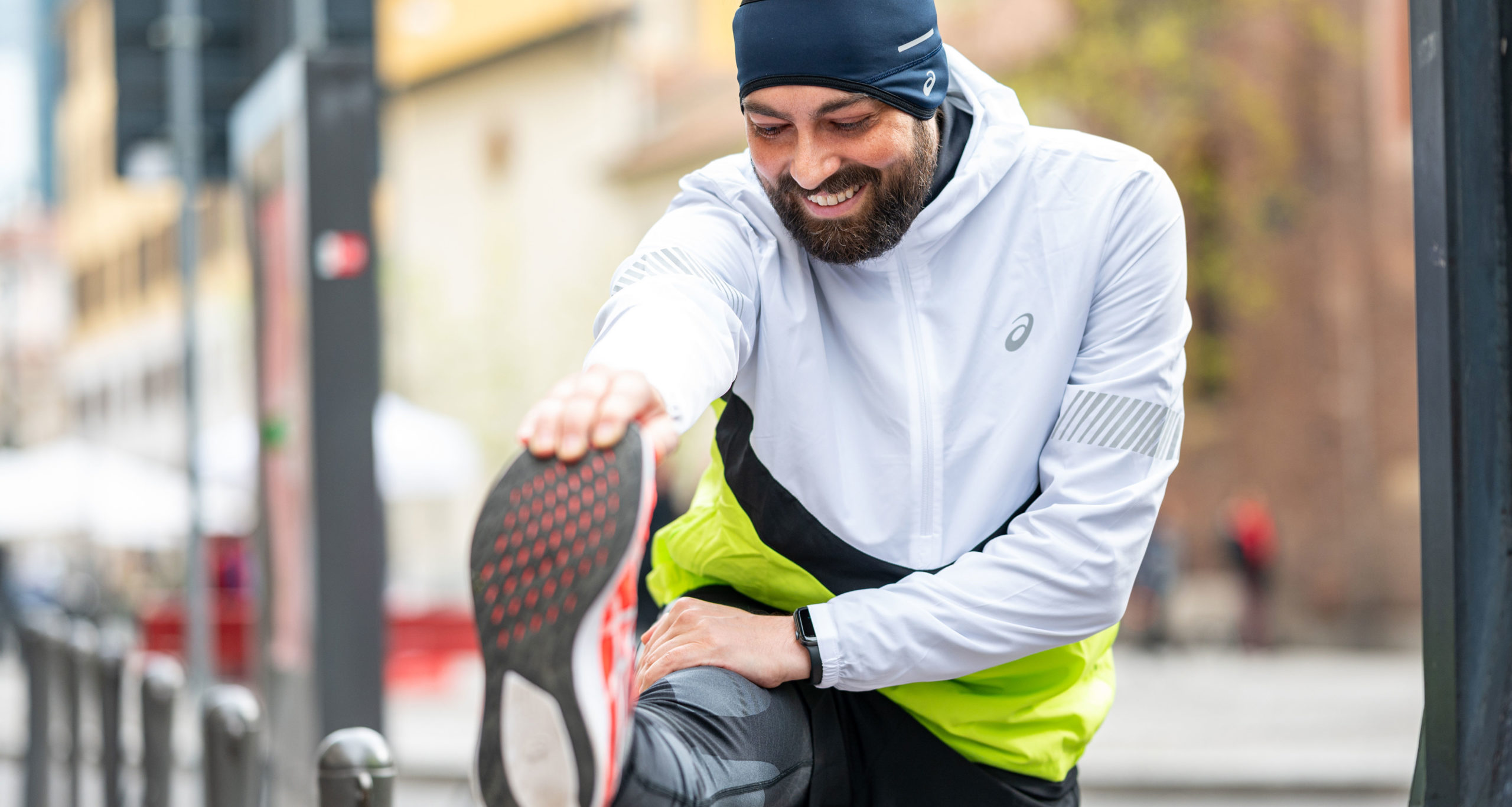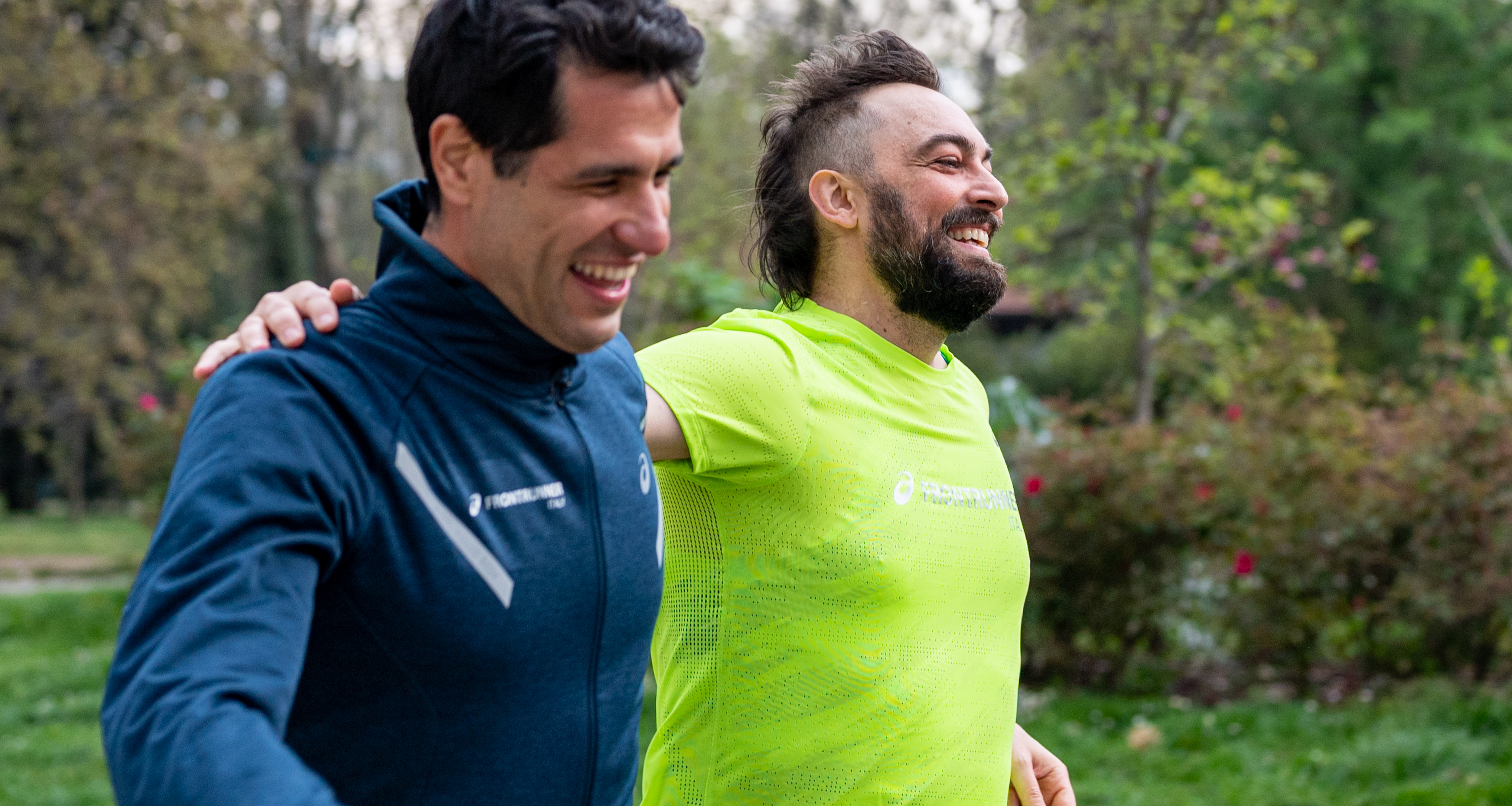Hamstring strains are common in runners, usually caused by overstriding or sprinting too hard when the muscles aren’t warmed up. This overload on the tissue of your hamstring can lead to tearing. When a strain occurs, it can feel like a sharp pain and can make running, walking or even sitting highly uncomfortable. If it’s a mild strain, you might begin to feel a tight ache during or after a run or with certain movements that can be easily aggravated the more it is worked.
Most strains are on the more mild side. You’ll be able to walk but will know you need to do something to deal with the injury or you could make it worse. If it is a severe strain, more than half the fibers are completely torn and you may see some significant bruising and swelling and have difficulty walking due to weakness, tightness, and pain in the leg. You’ll want to see a medical professional to give you guidance if daily activities are limited in any way by your pain. Regardless of how bad the strain is, this type of injury can still seriously get in the way of your usual workout.
If you suspect you may have injured your hamstring, it’s always a good bet to see an orthopedist or physical therapist before self-treating. But if the pain is mild enough that you can still walk relatively comfortably and your strength doesn’t seem to be affected, try these exercises to get yourself on the mend.
How to treat hamstring strains:
- Begin with RICE: rest, ice, compress and elevate (particularly rest and ice) if you experience any swelling/bruising or pain.
- Try gently stretching the hamstrings, enough that you feel a slight pull but no pain (most likely less than you normally do as it can feel more tight and aggravated if you over-stretch the fibers that are disrupted).
- Try eccentric loading. This means strengthening the weakened hamstring muscle complex by gently elongating the muscles actively rather than shortening (or contracting) them. A great exercise to start with is a double leg standing deadlift. Then progress to unilateral deadlifts on the injured leg if you’re able to stabilize on the one leg and perform these without pain.
- Massage: Whether you self-release with a foam roller, a tennis or lacrosse ball or your own hand, or have someone who is trained in massage, hands on soft-tissue work can promote much needed blood flow to help heal the injured tissue.
With time and patience, the strain should begin to heal. Remember, if pain persists or worsens, see a doctor.
Please note: This blog is not intended to be a substitute for professional medical advice, diagnosis, or treatment. Always seek the advice of your physician or other qualified health provider with any questions you may have regarding a medical condition.




